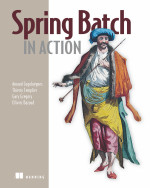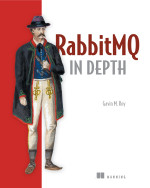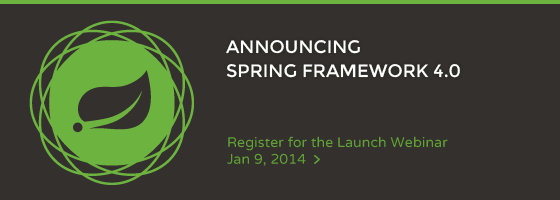Recorded at SpringOne2GX 2013 in Santa Clara, CA
Speakers: Phil Webb and Josh Long
Using a module that provides a Spring XML namespace and integration API is muscle memory for most people: add the .xsd to the imported XML schemas for the configuration file, maybe enable a annotation-driven variant if it's available, autocomplete some XML stanzas, and then you're set! But what about Java configuration? Java configuration has been around in some form since at least 2005. It was merged into the core framework in 2009 and since then we've seen a slew of new Java configuration-powered DSLs pop up. 2013, in particular, has seen alpha-or-better cuts of Java configuration support for Spring MVC, Spring Security (and Spring Security OAuth), Spring Batch, Spring Social, Spring Data (including all the modules under it: REST, MongoDB, JPA, Neo4j, Redis, etc), Spring HATEOAS, and more all provide milestone-or-better cuts of a Java configuration integration. Tomcat 7 (and all Servlet 3-compatible containers) offer a programmatic alternative to web.xml. This provides another great integration hook for modules that wish to integrate with the web container, removing the configuration burden from the user. There's a lot of power here and it's easy to get started if you know what to look for. In this talk, join Spring Developer Advocate Josh Long and Spring-core commmitter, all-around nice guy, and Spring Boot ninja Phil Webb as they introduce the Java configuration support in the various Spring projects, show how to approach them when integrating them into your code, and - if the situation demands - how to write your own Java configuration DSL. Learn more about JavaConfig at http://projects.spring.io/spring-framework
Learn more about Java Configuration and Spring at http://projects.spring.io/spring-framework
Learn more about Spring Guides at http://www.spring.io/guides
!{iframe width="420" height="315" src="//www.youtube.com/embed/-4BQXNufpbQ" frameborder="0" allowfullscreen}{/iframe}






 Welcome to another installation of This Week in Spring! This week I'm going to be in Los Angeles, talking to developers at Disney about Spring. If you're in the area, I'd love to see you all there, too. We're hosting a user-group meeting on December 11th. Here are
Welcome to another installation of This Week in Spring! This week I'm going to be in Los Angeles, talking to developers at Disney about Spring. If you're in the area, I'd love to see you all there, too. We're hosting a user-group meeting on December 11th. Here are 

